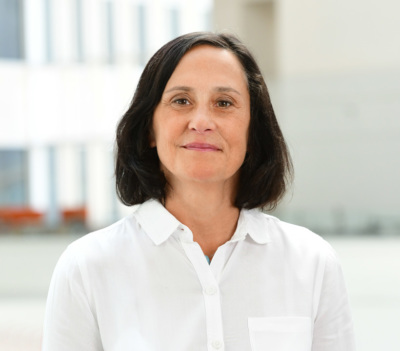Real-world examples enhance news literacy lessons


Conor Murphy built the course “Social Media: Navigating Current Events” largely around NLP’s Checkology virtual classroom (Photo by Martha A. Hennessey).
Editor’s note: Earlier this year we wrote about Conor Murphy, a teacher at West Genesee High School in Camillus, N.Y. Murphy recently was named a finalist for NLP’s 2020 Educator of the Year Award. At that time he described NLP’s impact on his teaching:
“My entire craft as an educator has been influenced so heavily by the News Literacy Project since joining the ranks in 2017 (the year Murphy began using the Checkology® virtual classroom in his teaching).
“Without hesitation or exaggeration, I can say that the News Literacy Project has completely revamped how, what, and why I teach social studies.
“I believe so much in the importance of a news literacy education that I went through the rigorous process to create an elective course with the sole focus of news and media literacy education. Checkology is the guiding source throughout the elective course, Navigating Current Events.”
This February 2020 article illustrates Murphy’s innovative and creative approach to teaching news literacy:
Some days, events outside the classroom disrupt high school teacher Conor Murphy’s lesson plans. He wouldn’t have it any other way.
Murphy, who teaches at West Genesee High School in Camillus, New York, believes current, real-world examples engage students and enhance learning in ways that no textbook can. When fire struck Notre Dame Cathedral in Paris in April 2019, misinformation, rumors and doctored photos seemed to spread faster than the flames. So Murphy shelved his social studies lesson and had students explore misinformation in real time.
In fall 2019, Murphy took this approach a step further. He created the elective course “Social Media: Navigating Current Events” to teach students critical news literacy skills through real-life events and issues as they arise. He developed the course largely around the News Literacy Project’s Checkology® virtual classroom, which he began teaching in his other classes in 2017.
“As a social studies teacher, I get really excited when current events prove what we are talking about,” said Murphy, who has been teaching for 12 years. “In media literacy, you can throw the lesson plans by the wayside.”
Understanding what they encounter
The U.S. drone strike that killed Maj. Gen. Qassim Suleimani, Iran’s top security and intelligence commander, in Iraq in early January provided another teachable moment. Murphy and his students discussed how the incident unfolded on social media. Students described and analyzed what they saw online, from credible reporting to doctored images, false context and propaganda.
The Checkology lesson on misinformation resonates strongly with students, Murphy said. “It teaches them to recognize what they experience, like false equivalency and fabricated content. These are the things kids are seeing and not recognizing.”
He encourages students to point out false and misleading content when family members and friends share it online — and to help them fact-check it. “The important thing is to bring this home. Bring it to the dinner table, talk about it with your friends at lunch,” he tells students.
Emma Santola, 18, who took Murphy’s new course, does just that. “I have been ready to call out people, try to educate them, even if it’s not challenging them, but just giving them more information,” she said.
‘Moment of clarity’
The Checkology lesson “Introduction to Algorithms” is another eye-opener for students. While they know that social media platforms use algorithms to filter what people see based on their online activities and interests, the extent of algorithms’ influence surprises students. “There is kind of an ‘aha’ moment of clarity,” Murphy said.
Santola said she and many peers know that advertisers are targeting them and that tech companies are “listening.”
“It’s not something I think about, even though I know it can do damage,” she said. “Most of us just don’t care. But we should care. Because at what point does it stop? They’re selling my data. My information is valuable to somebody, but who is that someone and what is that going to do for me in the future?”
To drive home this point, Murphy paraphrases a takeaway from a lesson on media literacy from the YouTube channel Crash Course, telling students: “If you’re not paying for a service, you’re the product.”
Right time for news literacy
Santola said she also found Checkology’s lesson on “Press Freedoms Around the World” particularly illuminating. “It was the most important lesson we did, and most surprising was the treatment of journalists,” she said. “We have this notion in the U.S. that we are No. 1 in that, but we’re not. I would have thought we were at least in the top 10.” (The U.S. was ranked 48th in Reporters Without Borders’ 2019 World Press Freedom Index.)
Classroom discussion around that lesson addressed how different U.S. government leaders have treated the news media. “That led to what is fake news and how to distinguish fake news from what is news we just don’t like. Calling them fake news media is really dangerous. Some students don’t hear that at home,” Santola said.
And she found herself revisiting her own online habits after completing Checkology’s “Understanding Bias” lesson. “It made me more skeptical because I think I can be quick to be caught up in my own confirmation bias,” Santola said. “Diversifying my media diet is important to learning more and getting the full scope.”
Of Murphy’s new course, she said: “I feel like it’s important for everyone to take. It seems extremely relevant. If any time is the time to take it, it’s now.”
